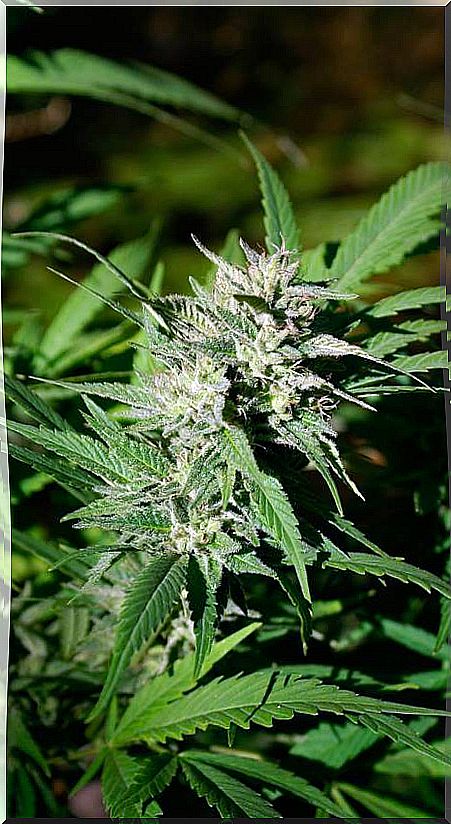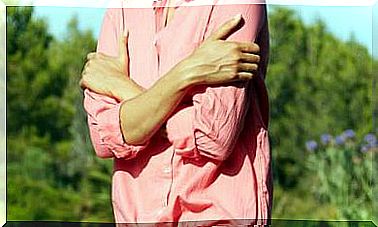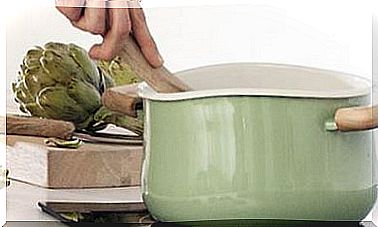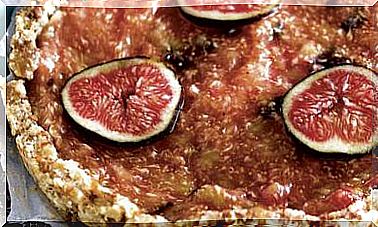5 Therapeutic Indications That The Future Marijuana Law In Spain May Recognize
The Congress of Deputies will propose within 6 months which are the medicinal indications for cannabis. Doctors, scientists and patient associations will be able to explain their point of view in the subcommittee created in Congress at the proposal of the Citizens’ parliamentary group.

After listening to the experts, the deputies will have to decide next spring what the therapeutic indications of cannabis and its derivatives will be. They will also make a proposal to implement a production and access system for marijuana-based medicines.
These are some of the tasks assumed by the subcommission – within the Health and Social Services Commission – created at the proposal of the Citizens’ parliamentary group with the approval of all parties except the Basque Nationalist Party. The objective is to draft regulations that allow and facilitate the therapeutic use of marijuana, as some thirty countries have already done.
Although the proposal is open to explanations and suggestions from the experts who will be called by the subcommittee, it is likely that the final recommendations will coincide with those collected and applied in other countries.
The 5 main therapeutic indications for cannabis
Legislators will take into account the scientific evidence accumulated so far on the efficacy of cannabis against certain health problems. Consequently, these are the conditions that are likely to benefit from marijuana treatment in Spain.
- Reduce nausea and vomiting associated with chemotherapy. They are the best known indications for cannabis, which is why it finds its greatest advocates among cancer patients and doctors. The associations of patients will be received in the subcommittee of the Congress.
- Whet your appetite One of the properties of cannabis is that it stimulates the desire to consume energy foods, rich in carbohydrates and fats, which can be used to achieve weight gain. This property is very useful in diseases that lead to dangerous weight loss, such as cancer, acquired immunodeficiency syndrome, anorexia and other eating disorders.
- Fight the symptoms of multiple sclerosis. Marijuana is able to reduce pain of neuropathic origin, as well as spasticity. Both are characteristic symptoms of multiple sclerosis, an autoimmune disease that affects 1 in 1,000 people and particularly women. It is the most common cause of paralysis in Western countries. Other less common neurological conditions that could be treated with marijuana include amyotrophic lateral sclerosis (ALS), Lou Gehrig’s disease, Huntington’s disease, and some spinal cord injuries.
- Avoid epileptic seizures. The active principles of cannabis, as found in some varieties of the plant, are capable of combating the seizures of this neurological disease. They are also effective in reducing Parkinson’s symptoms.
- Treat post-traumatic stress. It is one of the proposed indications, for example, in the state of New York, where there are a large number of war veterans, firefighters and policemen affected by this problem and who were forced to resort to the black market to obtain marijuana. Recurring and distressing memories and nightmares are one of the symptoms of EPT. The cannabinoids in marijuana act precisely on the brain regions involved in the assimilation of memories that produce fear and anxiety. A study by Rafael Maldonado, a researcher at Pompeu Fabra University, participated in a review on this topic, which was published in the journal Nature Reviews Neuroscience .
In addition, doctors may prescribe marijuana when they consider that it can improve the quality of life of their patients, according to the proposed Citizens’ non-law.
What is “medical cannabis”?
Marijuana ( Cannabis sativa ) is a medicine that has been used for several millennia. The first historical mention of its therapeutic use is found in the great herbal encyclopedia of Emperor Shennong (Shennong Ben Cao Jing), written in the 2nd-3rd centuries, which collects knowledge from 5,000 years ago. This document describes cannabis among the 120 or more “noble plants”.
After its prohibition as a consequence of the so-called “war on drugs” throughout the 20th century, the Netherlands was the first country in the world to initiate, in 2003, a program of “medicinal cannabis”, an expression that aims to distinguish this use from “recreational” or “recreational” consumption.
The Citizens’ proposal includes that there are currently a few drugs based on the active ingredients isolated from the plant or that reproduce them synthetically. These drugs are approved by the European Medicines Agency, but they do not meet the needs of most patients due to their high potency or side effects.
Most experts are in favor of the therapeutic use of preparations obtained from the plant, such as cannabis oil, which present “a better therapeutic balance (efficacy / safety), versatility (of plant chemotypes, routes of administration, forms of preparation) and cost “, according to the proposition not of law.
The future Spanish marijuana law must guarantee that these preparations meet control and quality criteria similar to those required for all drugs. For this , cultivation licenses must be granted to companies that develop the different varieties of therapeutic cannabis, as well as import permits.
The approval of marijuana preparations will not have to represent any complication, since they will be able to benefit from the new law that includes “medical cannabis programs” and Law 29/2006 on guarantees and rational use of medicines and health products, which allows in its article 51 the sale of plants traditionally considered as medicinal, without the need for them to be subjected to the long and expensive pharmaceutical development required by synthetic drugs.
“The regulation will offer guarantees of good use”, is explained in the non-law proposal of Citizens, which adds that ” it is only a question of political will to allow the development of such
programs.”
What remains to be seen is whether the future Spanish law will include the possibility that the patients themselves cultivate the plant.









